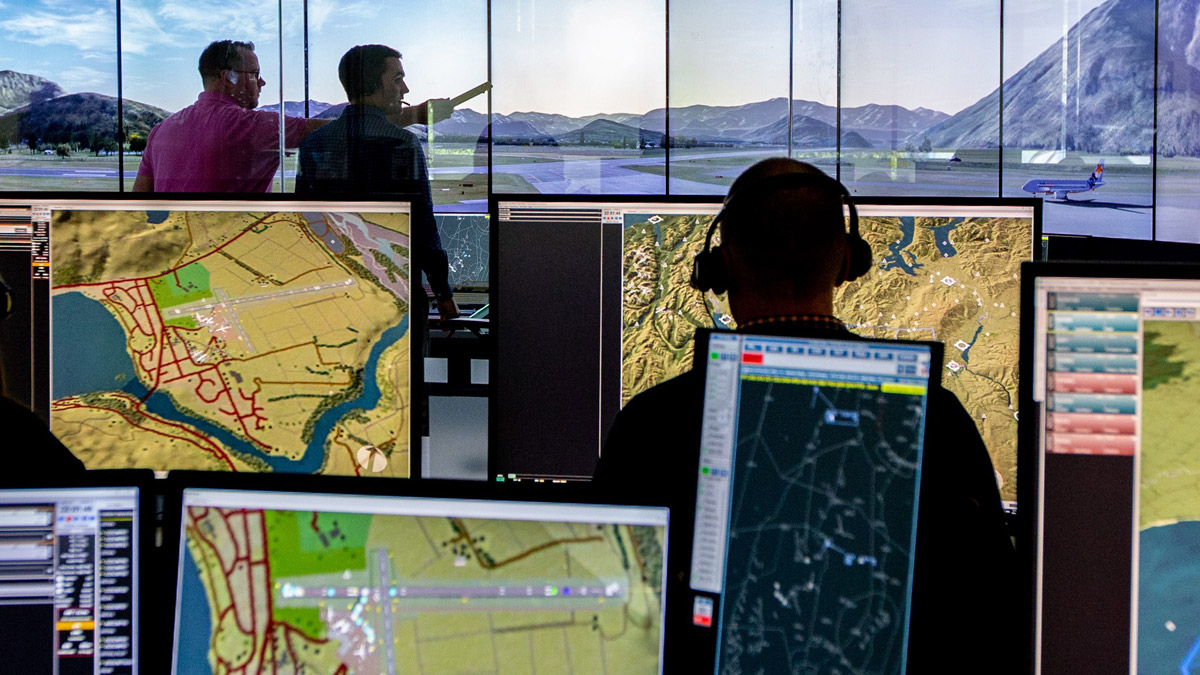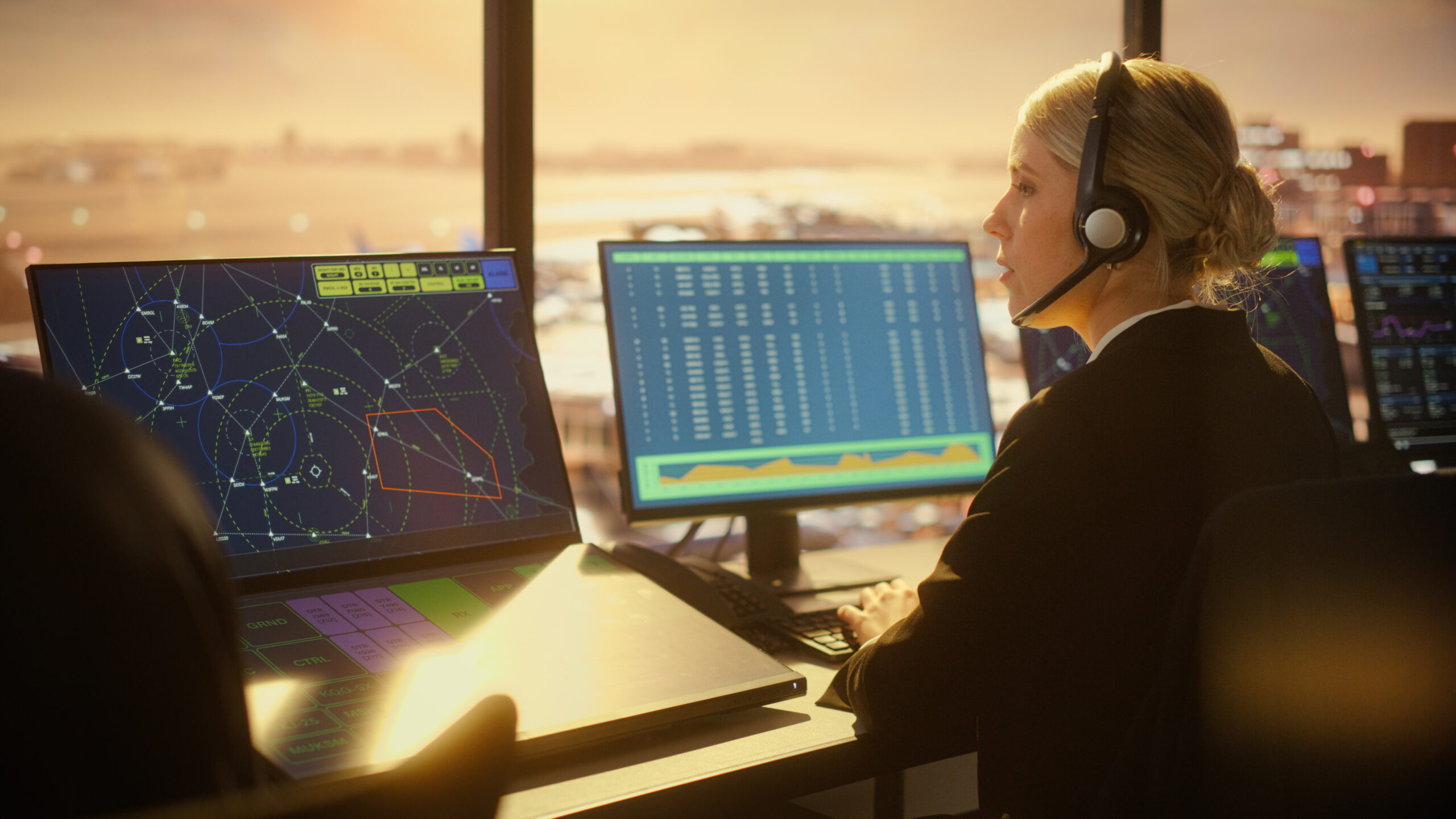How to improve aviation efficiency through remote and digital towers

Rory Hedman, CANSO Smart Digital Tower Task Force (SDT TF) co-chair and ATM and Airports Consultant at Think Research, explores the latest CANSO insight into remote and digital towers.
Remote and digital towers are the next generation in air traffic control tower services. They enable aviation to move from traditional local, out-of-window tower services to enhanced or even relocated tower services that use augmented technology and camera and surveillance technology to provide safe, efficient and effective air traffic services (ATS). Both now and in the future, they are an essential part of modern, efficient air navigation service provision, and CANSO’s latest guidance material explores how the industry can best leverage this technology.
The ATM industry is developing at a rapid pace, and CANSO aims to provide leadership on new and emerging technology, including digital towers. The CANSO Smart Digital Tower Task Force (SDT TF) has been working to provide air navigation service providers (ANSPs) with an introduction to the remote and digital tower concept and inform decision making processes before or during the inception of an implementation programme.
The new CANSO Guidance Material for Remote and Digital Towers provides an overview of concepts and technologies, and what drivers, challenges and pressures can influence operations. The aim is to answer specific questions that ANSPs may have, including: what is a digital tower, why and when can they be implemented, and how to get started. It also touches on what’s next for digital towers.
To provide an accessible learning experience, the guidance material also includes perspectives from early adopters and the lessons learned. These case studies emphasise the diversity in digital tower solutions and applications, each offering a unique insight into the drivers, challenges and lessons learnt along the way.
Ultimately the key takeaway is that digital towers can provide effective and cost-efficient ATS provision in a range of scenarios. For example at low traffic airports, or newly established airports, or as replacement/interim or remote services, and in aid of the centralisation of digital tower services for airports of various sizes in one facility, referred to as a Remote Tower Centre (RTC).
CANSO’s guidance material therefore contributes to the international effort to facilitate and harmonise the deployment and operational application of digital tower technology, and supports our mission to transform ATM performance.
To find out more about CANSO workgroups and initiatives, please get in touch.




